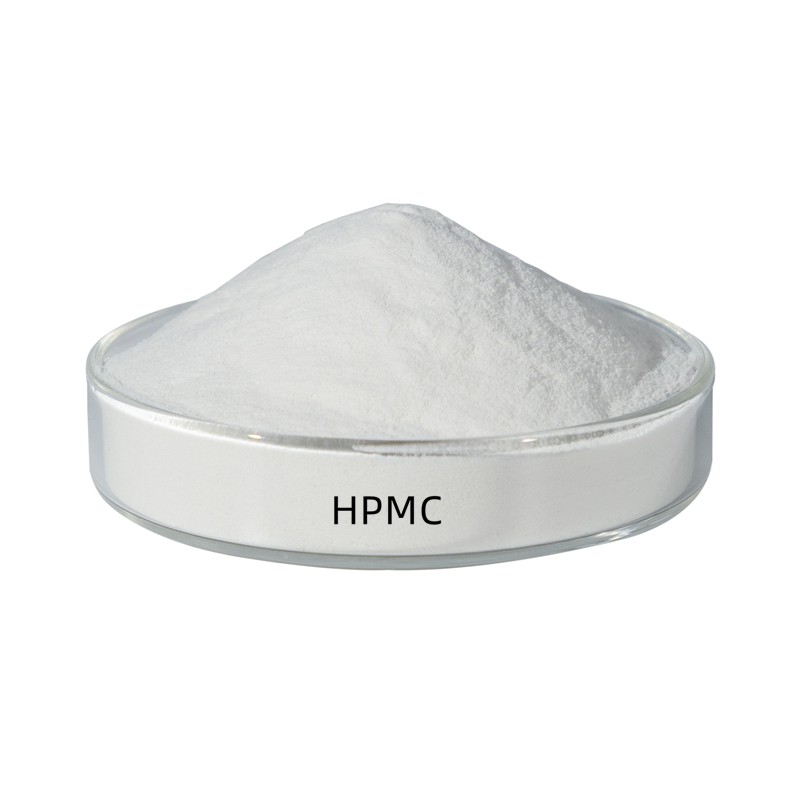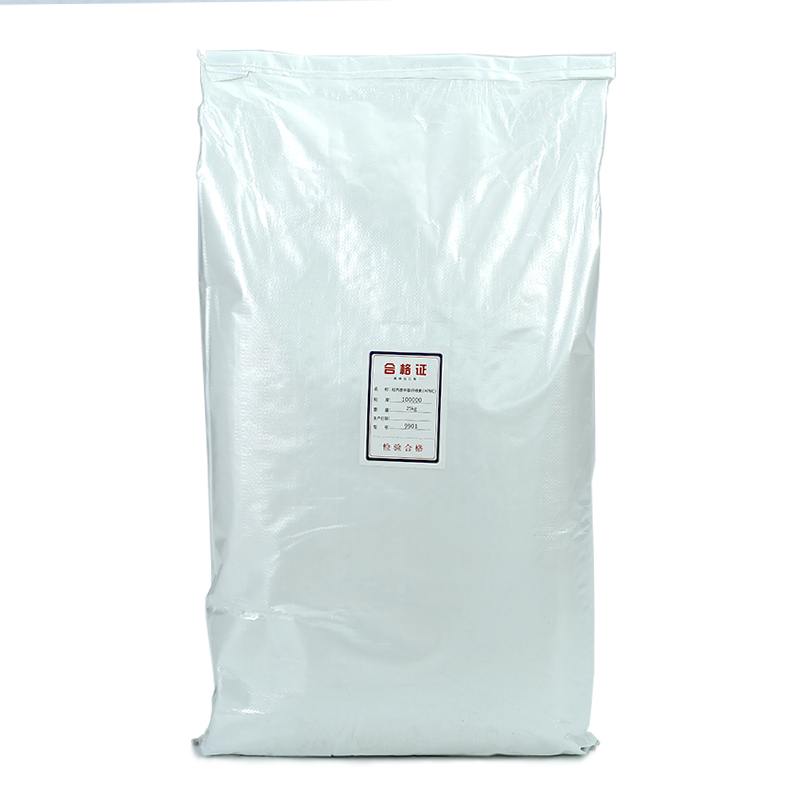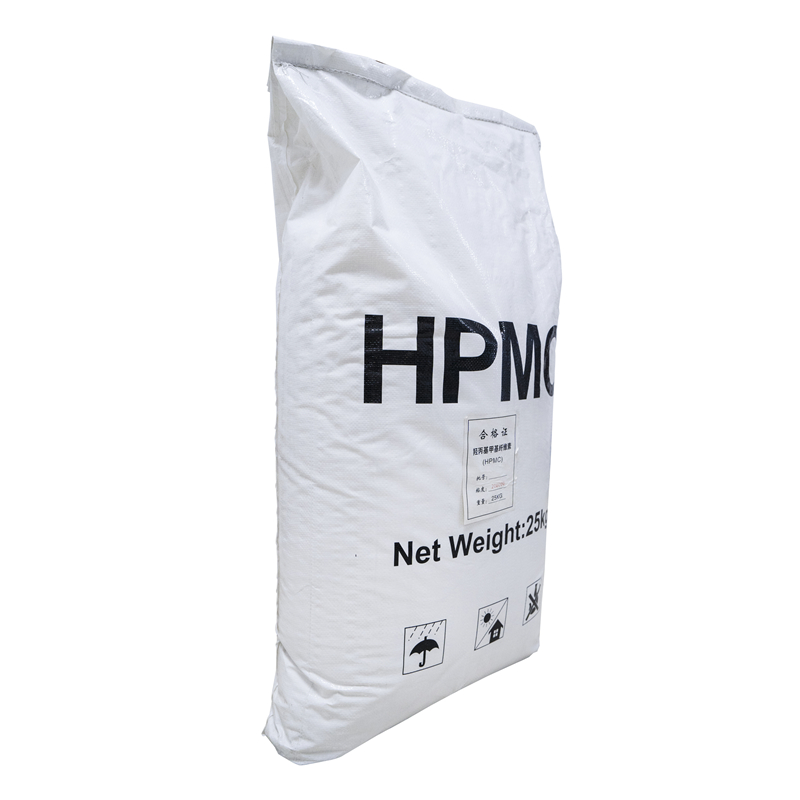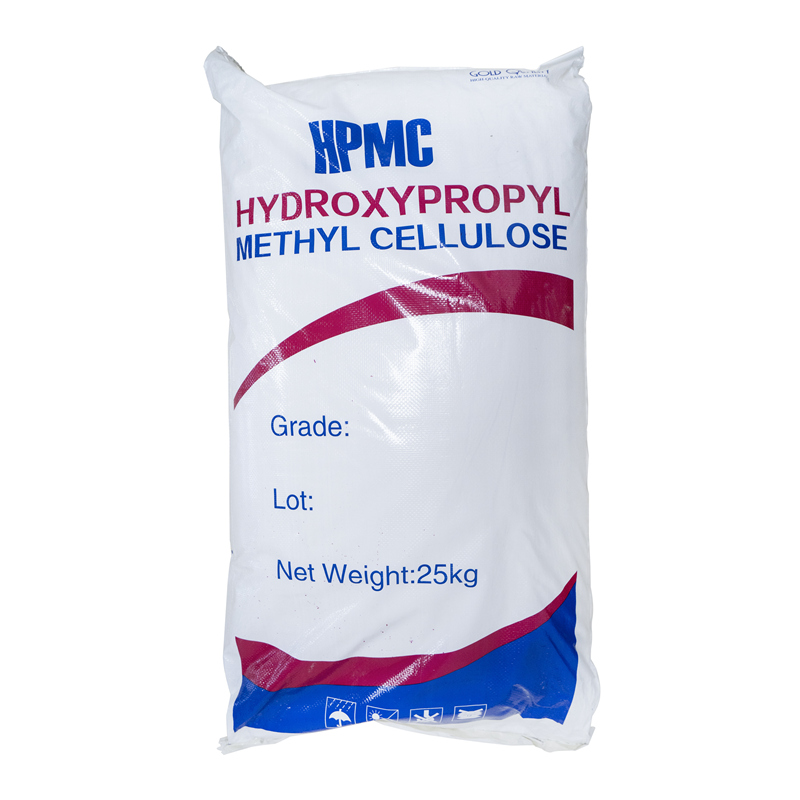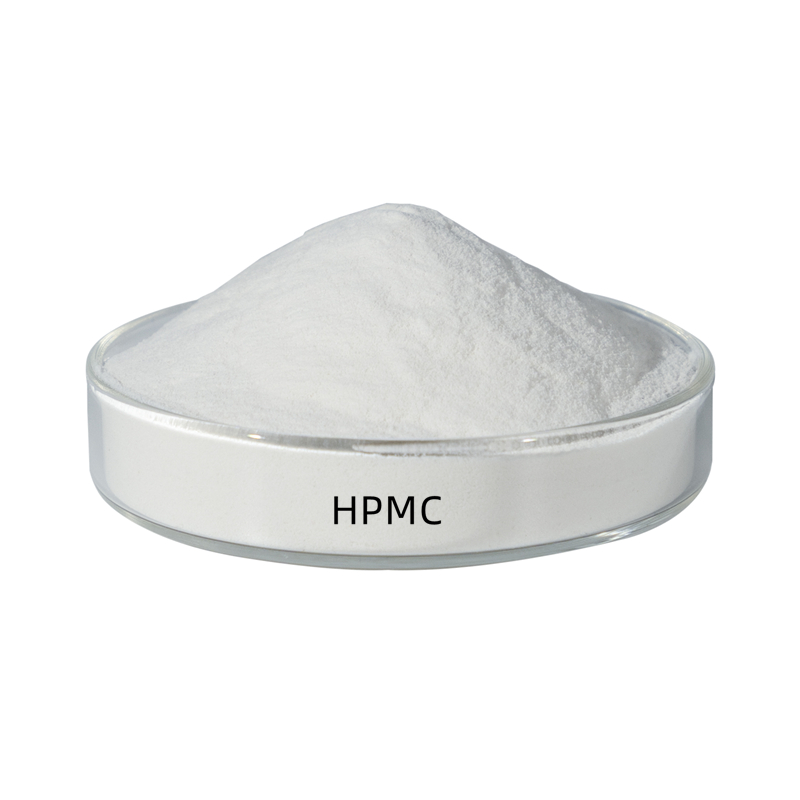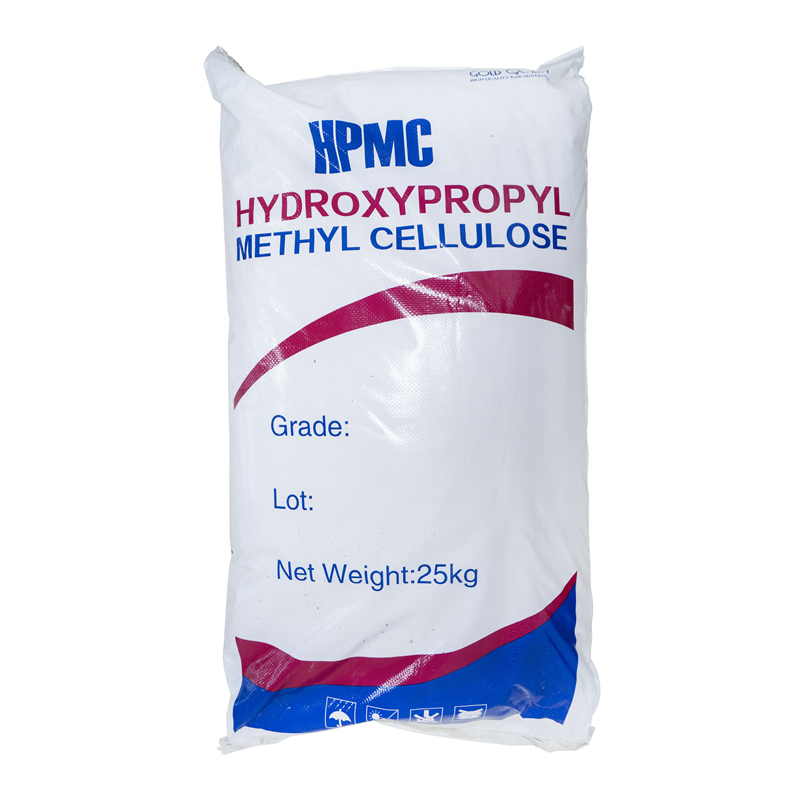HPMC Thickening Agent For Self-leveling Mortar
Haoshuo factory covers an area of 500,000 square meters,fixed asset of 150 millions yuan, 400 employees and 42 senior technicians. Our factory adopts 10+ advanced production technology and equipment lines from Germany , with a product quality rate of 100%,daily output can be up to 200 tons at now. After more than ten years of unremitting efforts and continuous development, our company has become the largest manufacturer of cellulose ether and the only one with 75 degree gel temperature technology in Hebei Province. Our company's products have achieved a good reputation at home and abroad with excellent quality and excellent service.
- HAOSHUO
- Hebei, China
- 2-7 days
- 200 tons per day
Product Detail
Comprehensive introduction of hydroxypropyl methylcellulose (HPMC) for self-leveling
Detailed description
Hydroxypropyl methylcellulose (HPMC) is a semi-synthetic polymer made from natural cellulose through etherification. In the field of building materials, it is an extremely important multifunctional additive.
Self-leveling HPMC is a grade specifically designed and optimized for self-leveling mortars (both cement- and gypsum-based). This is no ordinary HPMC. Through its unique molecular structure and production process, it maintains the common advantages of HPMC while also meeting the demanding requirements of self-leveling materials: high flowability, low air entrainment, excellent water retention, and good stability . It plays a crucial role in the self-leveling system. Although added in small amounts (typically 0.02%-0.1% of the dry powder), it plays a decisive role in the material's workability and ultimate performance.
Item | Unit | Standard Specifications |
Appearance | / | White powder,free flowing |
Loss on drying | % | 4-6 |
Residue | % | 3-15% |
Methyl | % | 19-22 |
Hydroxypropyl | % | 6-12 |
Ph value(25℃) | / | 6-8.5(neutral) |
Gel temperature | ℃ | 60 degree/ 75 degree |
degree of fineness | mesh | 100 mesh,>96% 80 mesh,>100% |
Apparent density | g/㎥ | 0.4-0.6 |
proportion | g/L | 420-520 |
Surface Tension(2% solution) | dyn/cm | 42-56 |
Water retention | % | ≥92 |
Light Transmittance | % | ≥65 |
Carbonization temperature | ℃ | 280-300 |
Discoloration temperature | ℃ | 190-200 |
Main Features
Compared with ordinary construction grade HPMC, self-leveling HPMC has the following outstanding features:
Excellent water retention performance:
This is its core function. It effectively prevents the water in the self-leveling slurry from being absorbed or evaporated too quickly by the base layer, ensuring that the cement/gypsum has sufficient water for a full hydration reaction. This is crucial for ensuring strength development and preventing surface cracking and dusting.
Medium to low viscosity & high thickening efficiency:
Self-leveling requires excellent fluidity, so high-viscosity HPMC cannot be used, as it will over-thicken and restrict flow. Specialized HPMC is typically selected with a medium-to-low viscosity (e.g., below 500 mPa·s). While providing good water retention, it has minimal impact on system viscosity and can significantly improve the leveling properties of the slurry through its "hydration film" and "lubrication effect."
Very low air entrainment:
Ordinary HPMC introduces a large number of bubbles during the dissolution process, which can seriously affect the ultimate strength and surface quality of the self-leveling floor (such as pinholes and defects). Self-leveling HPMC undergoes special surface treatment (such as glyoxalization) or production processes to have extremely low air entrainment or is highly compatible with other defoamers to work together to eliminate harmful bubbles.
Good leveling and stability:
It adjusts the rheological properties of the slurry to achieve a moderate yield value and good thixotropy. This allows for good fluidity during pumping and pouring, and quickly stabilizes after settling, preventing solid particles (such as cement and sand) from settling and stratifying, ensuring overall uniformity and a mirror-like surface.
Moderate open time (retardation effect):
The water-retaining film of HPMC forms a physical barrier that delays the contact between water and cementitious materials to a certain extent, thus providing a moderate "open time". This ensures that construction workers have enough time to carry out large-scale construction without causing joint marks due to premature loss of fluidity of the slurry.
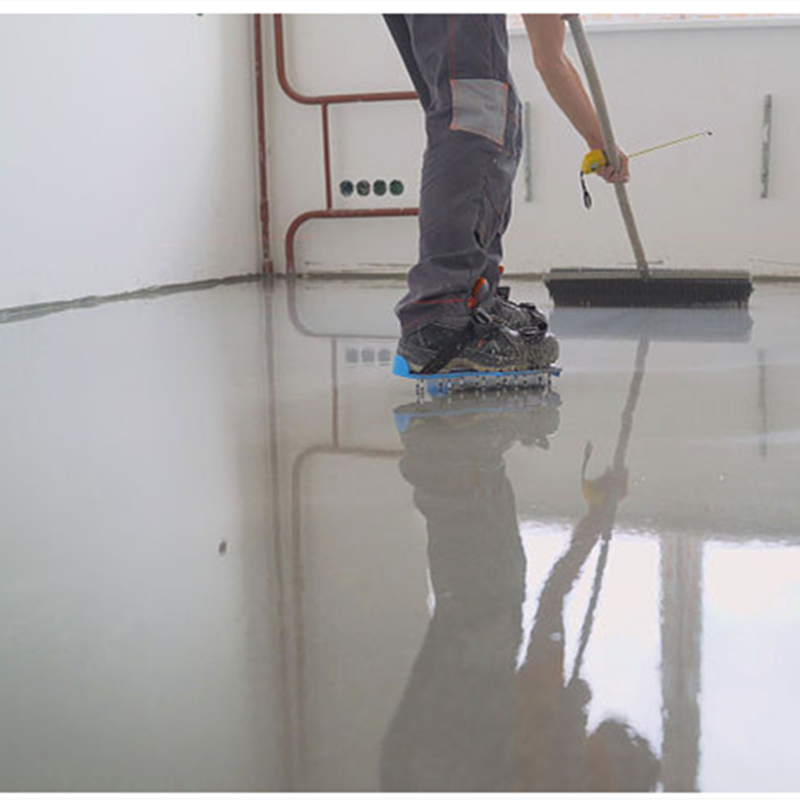
Application Effect
Adding special HPMC to self-leveling materials can bring the following immediate positive effects:
Improve construction performance:
The slurry is smooth and delicate, and flows naturally like water. No or very little manual assistance is required for leveling, which greatly reduces labor intensity and improves construction efficiency.
Guaranteed material performance:
High Strength & High Wear Resistance: Sufficient water retention ensures complete hydration of the cement, thereby achieving the designed final strength. Low air entrainment avoids stress concentration points caused by bubbles, making the structure denser and more wear-resistant.
Defect-free surface: effectively prevents surface problems caused by rapid water loss, sedimentation or bubbles, such as cracking, peeling, pinholes, honeycombing, etc., and ultimately forms a flat, solid and beautiful floor.
Enhance system stability:
HPMC can prevent dry powder from agglomerating during transportation and storage. After adding water and stirring, it can effectively prevent slurry from stratification and water exudation, ensuring uniform and stable product quality.
Improve the bond with the substrate:
Good water retention prevents moisture from being absorbed too quickly by the porous base, allowing the self-leveling mortar to form a stronger mechanical bite and chemical bond with the base, reducing the risk of hollowing.
Selection and Usage Precautions
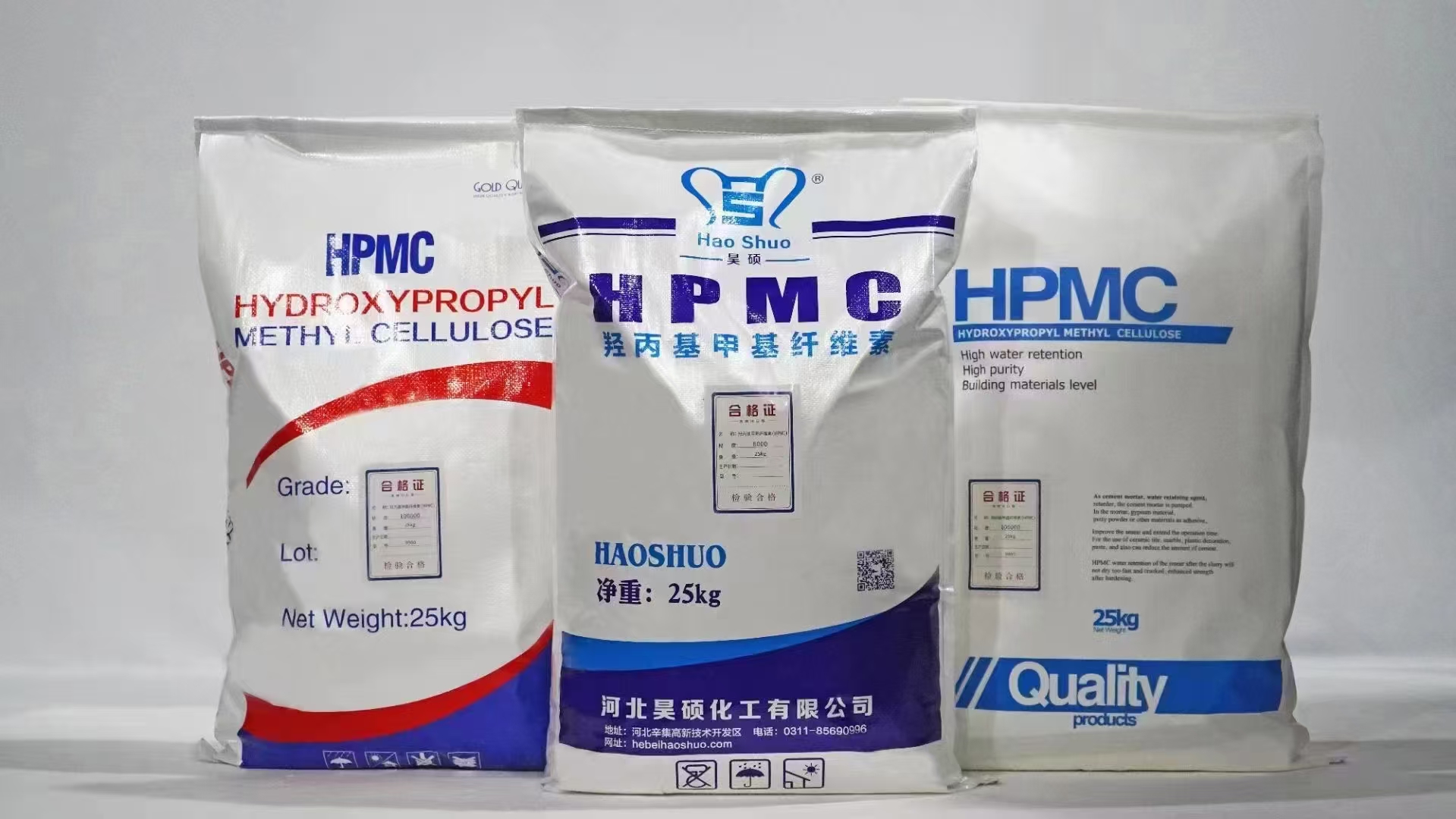
Viscosity selection: The higher the viscosity, the better. For self-leveling, products with a viscosity below 1000 mPa·s are often selected, depending on the formulation design.
Synergy with defoaming agent: It must be used in combination with high-efficiency defoaming agent to achieve the best defoaming and leveling effect.
Addition amount: This needs to be determined through rigorous experiments. Too little will result in insufficient water retention, while too much will affect fluidity and strength.
Solubility: Ensure that HPMC is evenly mixed in the dry powder and that there is enough time during stirring for it to fully dissolve in water and fully exert its efficacy.
In summary, self-leveling HPMC is one of the indispensable "soul" ingredients of high-performance self-leveling mortar. Through its exquisite chemical reaction, it achieves a perfect balance between fluidity, water retention and stability, and is a solid foundation for creating high-quality seamless floors.

